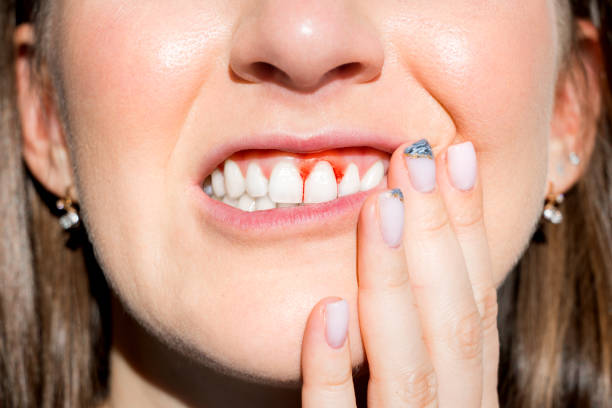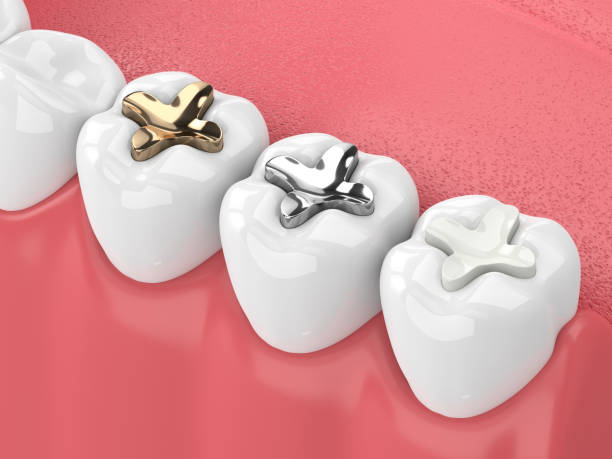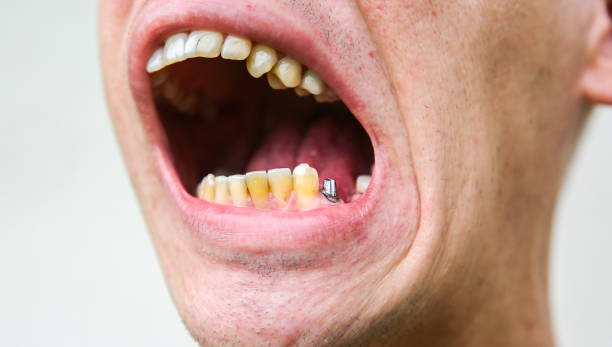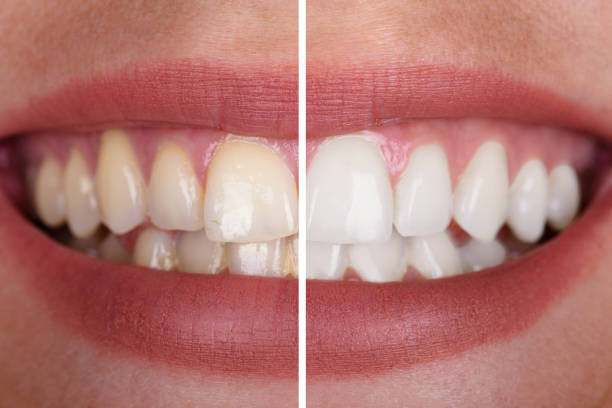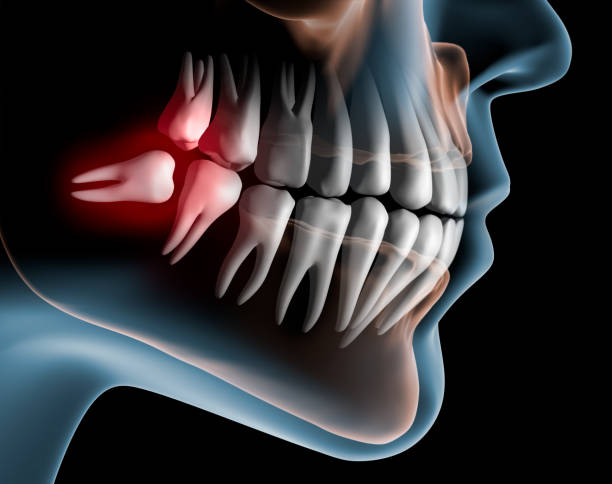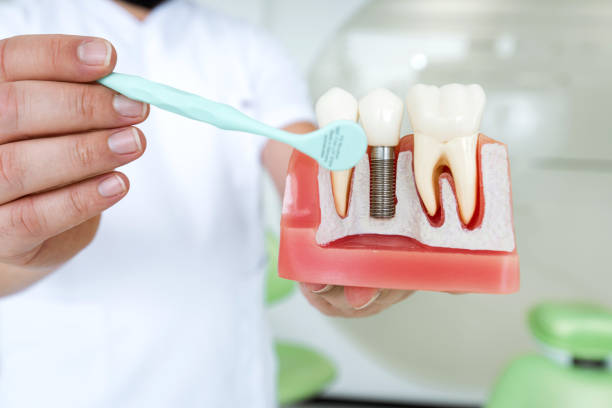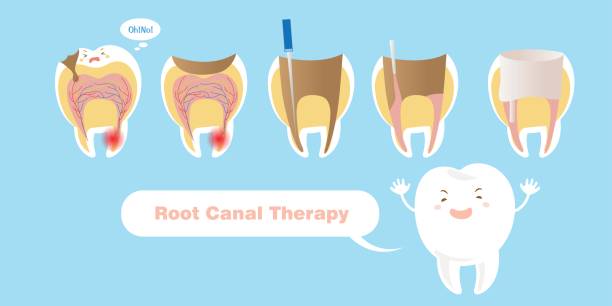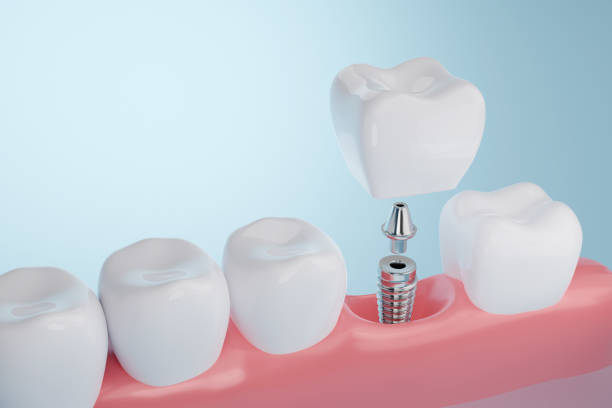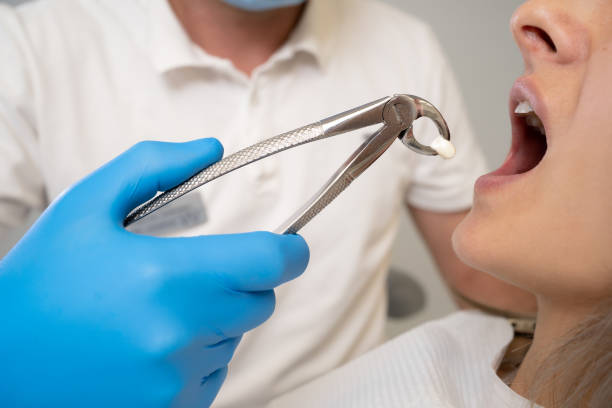Gum graft surgery is a dental procedure used to correct the effects of gingival recession. This is a fast and relatively simple operation. Periodontists remove healthy gingival tissue from the top of the mouth and use it to rebuild gums where the gums atrophy.
When the gum tissue is worn, gum recession will occur, thus exposing more tooth roots. This may lead to increased sensitivity, especially when eating or drinking hot or cold food. Because gum atrophy often occurs slowly, many people do not realize that this problem is happening.
If not treated in time, it may eventually lead to tooth loss.
Table of Contents
Is Gum Graft Surgery Necessary?
People who decide whether to have a gingival transplant should consider the following points:
Alternative treatment: if gum atrophy is already serious, this may include tooth extraction.
Surgery costs: if a person considers surgery only for cosmetic reasons, they may have to pay for the surgery out of their own pocket.
Untreated risk: untreated gum atrophy can lead to serious gum disease and eventual tooth loss. Gum disease can also lead to other problems, such as cardiovascular disease and diabetes.
By maintaining good oral hygiene and going to the dentist regularly for a routine examination, a person can reduce the risk of gum disease and find it early when it begins to develop.
Detailed Procedure
There are many kinds of gum grafts to choose from, and the type of surgery depends on the degree and severity of the injury and personal needs. The periodontist will discuss with the patient the different types of surgery available to determine which option is the most appropriate.
Before starting a gum graft, periodontists will use local anesthetics to numb the area to avoid injury caused by the operation. They may also lift some of their existing gums to expose their roots and clean them.
Three different types of gum graft surgery are:
1. Connective tissue graft
In this process, periodontists will:
Remove the tissue from the top of the mouth by making a flap and removing the tissue below the top layer.
Suture the tissue onto the existing gingival tissue to cover the exposed root.
Sew the flap on the top of the mouth from where they took the tissue.
2. Free gingival graft
This is the preferred method for people who need extra tissue to enlarge their gums with thin gums.
In this process, periodontists will:
Remove tissue directly from the top tissue at the top of the mouth.
Suture this tissue to the existing gum area.
3. Pedicle (lateral) graft
This is the preferred method for people who grow a lot of gum tissue near exposed teeth.
In this process, periodontists will:
Transplant tissue from the gums around or near the teeth that need treatment.
Only partially excise the tissue, leaving an edge.
Stretch the tissue up or down, cover the exposed root and fix it in place with a suture.
Periodontists may get tissue from a tissue bank instead of taking gingival tissue from a person’s mouth.
How Should We Prepare for A Gum Graft Surgery?
Once patients and their dentists have considered all options and decided on the type of surgery, there is no need to do much preparation for the surgery.
However, it must be ensured that family or friends can drive back and forth to make an appointment. This is important because painkillers prescribed to control discomfort mean that people undergoing gum graft surgery are unsafe to drive.
Experiencing a gum graft surgery, patients should return home right away. Periodontists will go over all recommendations for aftercare to guarantee proper graft recovery.
Key Points During Recovery
A person can help recover in the following ways:
- Avoid flossing or brushing at the treatment site.
- Use special mouthwashes to control plaque buildup.
- Take antibiotics to reduce the risk of infection.
- Avoid strenuous exercise.
- Eat soft and cool foods, such as ice cream, pasta, eggs, yogurt, and soft cheese.
- Avoid smoking.
The pain and discomfort experienced by a person will be different. For example, if a periodontist uses tissue from a tissue bank, then a person should feel minimal pain. If they remove tissue from the top of the mouth, a person may feel pain within a few days.
The healing process is usually fast. Complete healing of the mouth takes 1 to 2 weeks, but it may take longer. People can take over-the-counter (OTC) painkillers or prescription drugs to help control any discomfort.
After surgery, teeth may feel more sensitive than usual, especially to hot and cold food. People may benefit from using desensitization toothpaste or mouthwash. Most people can return to work the next day.
After the procedure, a person may schedule a follow-up appointment with their dentist to determine whether the healing process is normal. The suture can be removed by the dentist if required.
Following surgery, gums not only appear different but also feel tighter.
Complications of Gum Graft Surgery
Complications of gingival transplantation are rare and uncommon.
However, people may encounter the following situations:
- Gingival bleeding
- Gum swelling
- Teeth feel looser (although this should only be temporary)
- Sensitive teeth
- Space between teeth
- Infected
Sometimes, the graft tissue may not adhere to the transplanted site correctly. This is very rare, but if this happens, a person may need to repeat the operation.
Some people don’t like the smile after surgery. In these cases, periodontists may be able to reshape gums to help change their appearance.
When Should We Seek Help?
If someone observes any signs that the gums have gotten infected following surgery, they should contact their dentist as soon as possible.
Infection symptoms include:
bleeding that persists despite applying pressure for more than 20 minutes, along with unexpected discomfort, edema, bruises, fever, and pus.
Cost and Insurance of Gum Graft Surgery
The cost of gum transplant surgery varies.
The type of operation needed typically affects the procedure cost.
If a person has dental insurance, their insurers may be able to cover all or some of the cost of the surgery. Insurance providers might offer estimates to give a general notion of costs.
Although we may feel some discomfort after gum graft surgery, it could help repair worn gums, protect teeth and improve our appearance.



